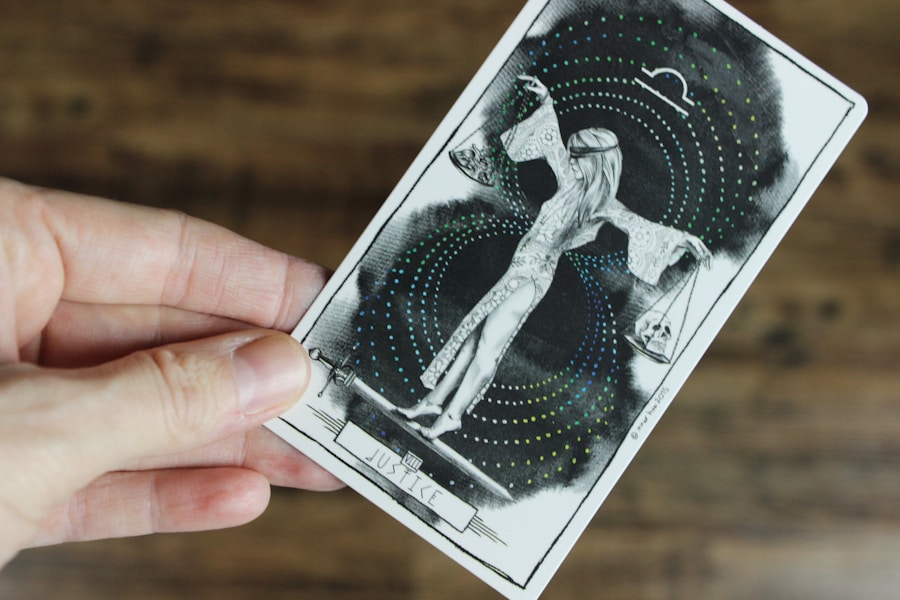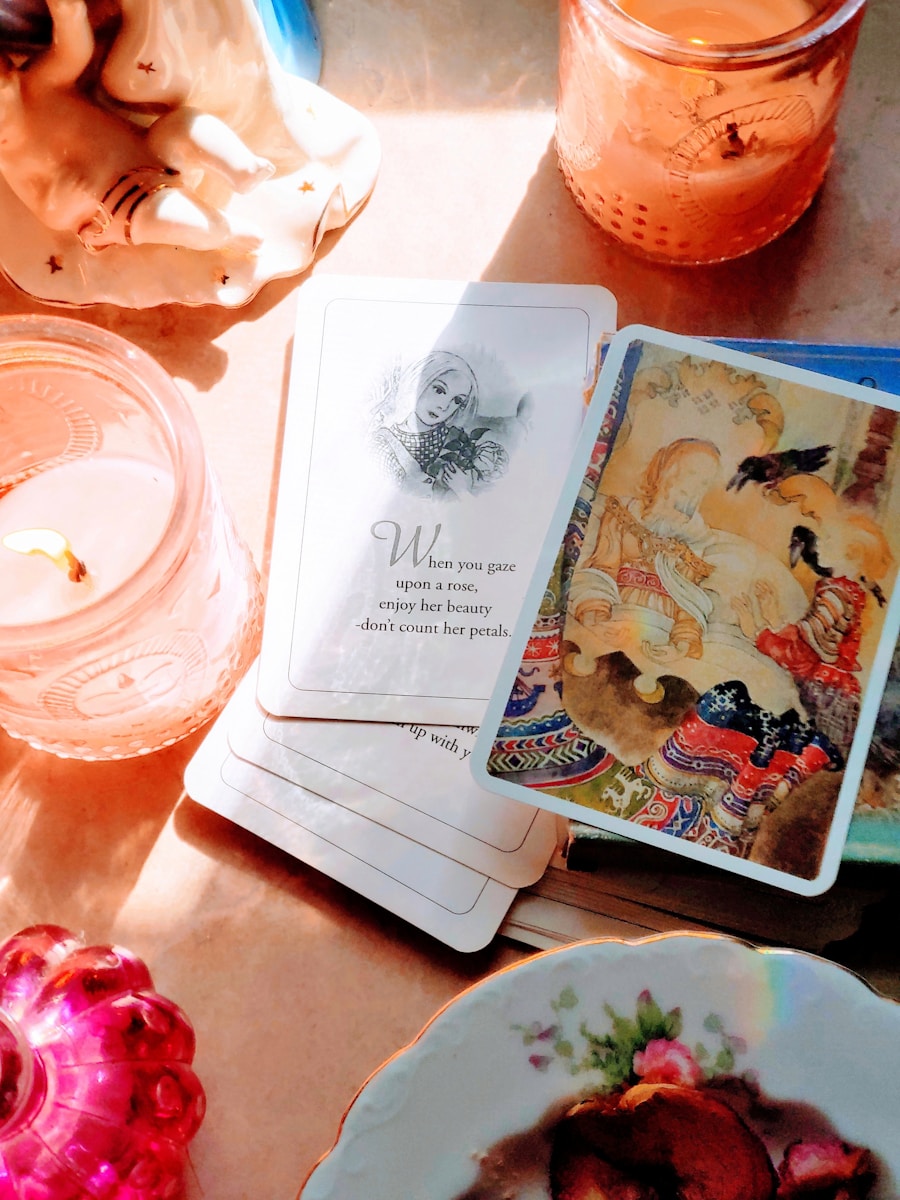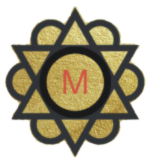
The tarot deck is a rich tapestry of symbols and archetypes that have evolved over centuries, drawing from various cultural, spiritual, and psychological traditions. Each card in the tarot deck serves as a vessel of meaning, encapsulating complex ideas and emotions that resonate with the human experience. The Major Arcana, consisting of 22 cards, represents significant life themes and spiritual lessons, while the Minor Arcana, divided into four suits, reflects everyday experiences and challenges.
The imagery on each card is meticulously crafted to evoke specific feelings and thoughts, often drawing on universal symbols such as the sun, moon, water, and earth. For instance, the Fool card, often numbered zero or sometimes 22, embodies the spirit of new beginnings and the potential for adventure. Its imagery typically features a young figure standing at the edge of a cliff, symbolizing the leap of faith required to embark on a new journey.
This card invites the reader to embrace spontaneity and trust in the unfolding of life.
The imagery often includes a skeletal figure riding a horse, representing the inevitability of change and the importance of letting go to make way for new growth.
Understanding these symbols allows readers to tap into deeper meanings during their tarot readings. The archetypes represented in tarot cards also draw heavily from Jungian psychology, where they serve as reflections of our collective unconscious. Each card can be seen as an archetype that resonates with different aspects of our personality or life experiences.
For example, The Empress embodies nurturing and fertility, representing the mother archetype and our connection to nature and creativity. Conversely, The Emperor symbolizes authority and structure, reflecting the father archetype and our relationship with power and control. By recognizing these archetypes within ourselves, we can gain insight into our behaviors, motivations, and challenges.
Key Takeaways
- Tarot cards contain rich symbolism and archetypes that can provide insight into our subconscious and the universal human experience.
- Tarot readings can help us tap into our intuition and inner wisdom, allowing us to gain clarity and guidance in various aspects of our lives.
- Using tarot for self-reflection can lead to deeper introspection and understanding of our emotions, behaviors, and thought patterns.
- Engaging in tarot card readings can cultivate mindfulness and presence as we focus on the present moment and the messages of the cards.
- Tarot can be a valuable tool for seeking guidance and clarity on spiritual matters, offering a different perspective and deeper understanding of our spiritual journey.
- Incorporating tarot into a holistic spiritual practice can support personal growth by providing a framework for self-discovery, healing, and transformation.
Connecting with your intuition and inner wisdom through tarot readings
Tarot readings are not merely about interpreting symbols; they are also a profound means of connecting with one’s intuition and inner wisdom. When engaging with tarot cards, individuals often find that their intuitive faculties are heightened. This process begins with setting an intention for the reading—whether it’s seeking clarity on a specific issue or exploring general life themes.
As one shuffles the cards and lays them out, there is an inherent invitation to listen to one’s inner voice. This act of tuning in can lead to revelations that might not surface in everyday thought processes. The practice of connecting with intuition through tarot can be likened to a dialogue with oneself.
Each card drawn can evoke feelings or thoughts that resonate on a personal level. For example, if someone draws The High Priestess, they may feel an immediate connection to their own inner wisdom or intuition. This card often symbolizes mystery and the subconscious mind, prompting the reader to reflect on what lies beneath the surface of their conscious thoughts.
By allowing these feelings to surface without judgment, individuals can access deeper insights about their lives and decisions. Moreover, developing this intuitive connection through tarot can enhance one’s overall decision-making process. As individuals become more attuned to their inner guidance, they may find themselves more confident in their choices.
This is particularly relevant in times of uncertainty or confusion when external opinions can cloud judgment. Tarot serves as a mirror reflecting one’s inner landscape, allowing for clarity that transcends mere rational thought. The more one practices this intuitive engagement with tarot, the more adept they become at recognizing their own inner voice amidst the noise of daily life.
Using tarot as a tool for self-reflection and introspection

Tarot cards are powerful instruments for self-reflection and introspection, offering a structured way to explore one’s thoughts, feelings, and behaviors.
Each card drawn can prompt questions that lead to deeper understanding and insight into personal motivations and desires.
For instance, drawing The Hermit may encourage an individual to reflect on their need for solitude or introspection in their current life situation. The process of self-reflection through tarot can be both enlightening and challenging. It requires honesty and vulnerability as individuals confront aspects of themselves that may have been overlooked or suppressed.
For example, if someone draws The Tower card—a symbol of upheaval and sudden change—they may be prompted to examine areas in their life where they resist change or fear disruption. This card can serve as a catalyst for acknowledging uncomfortable truths and embracing necessary transformations. Additionally, tarot can facilitate a dialogue between different aspects of oneself.
By personifying various cards as different voices or perspectives within us, individuals can engage in a conversation that reveals conflicting desires or fears. This technique can be particularly useful when grappling with complex emotions or decisions. For instance, if someone feels torn between pursuing a new career path or staying in their current job, drawing cards related to each option can illuminate underlying motivations and fears associated with each choice.
Cultivating mindfulness and presence through tarot card readings
Engaging with tarot cards can be an effective practice for cultivating mindfulness and presence in one’s life. The act of focusing on the cards—their imagery, symbolism, and meanings—requires individuals to be fully present in the moment. This mindfulness practice encourages a deeper connection not only with the cards but also with oneself.
As individuals immerse themselves in the reading process, they often find that distractions fade away, allowing for a more profound exploration of thoughts and feelings. Mindfulness through tarot can also enhance emotional awareness. When individuals take time to reflect on each card drawn during a reading, they are prompted to consider how these images resonate with their current emotional state.
For example, drawing The Star card may evoke feelings of hope and inspiration, while The Moon might bring forth anxiety or confusion. By acknowledging these emotions without judgment, individuals can cultivate a greater sense of self-awareness and acceptance. Furthermore, incorporating mindfulness into tarot readings can transform them into meditative practices.
Setting aside dedicated time for a reading allows individuals to create a sacred space where they can connect with their inner selves without external distractions. This intentionality fosters a sense of calm and clarity that enhances the overall experience. As individuals become more attuned to their thoughts and feelings during these readings, they may find themselves better equipped to navigate life’s challenges with grace and resilience.
Seeking guidance and clarity on spiritual matters through tarot
Tarot has long been regarded as a tool for seeking guidance on spiritual matters, providing insights that transcend mundane concerns. Many individuals turn to tarot when grappling with existential questions or seeking direction on their spiritual paths. The cards serve as conduits for exploring deeper truths about oneself and one’s place in the universe.
For instance, drawing The Wheel of Fortune may prompt reflections on cycles of fate and destiny, encouraging individuals to consider how their choices align with their spiritual journey. The guidance offered by tarot is often nuanced and multifaceted. Unlike prescriptive advice found in traditional counseling or coaching methods, tarot invites individuals to explore various perspectives on their spiritual dilemmas.
For example, if someone is struggling with feelings of disconnection from their spiritual practice, drawing cards such as The High Priestess or The Hierophant may reveal insights about the importance of intuition versus tradition in their spiritual life. This exploration encourages individuals to find their unique path rather than adhering strictly to external expectations. Moreover, tarot readings can serve as catalysts for spiritual growth by prompting individuals to confront limiting beliefs or fears that hinder their progress.
For instance, drawing The Devil card may illuminate areas where one feels trapped by material concerns or unhealthy attachments. This awareness can inspire transformative action toward liberation and empowerment on one’s spiritual journey. By engaging with these themes through tarot, individuals can cultivate a deeper understanding of themselves as spiritual beings navigating the complexities of life.
Incorporating tarot into a holistic spiritual practice for personal growth

Deepening Insights through Meditation and Reflection
For instance, after conducting a tarot reading focused on personal challenges, an individual might choose to meditate on the insights gained from the cards to further integrate those lessons into their daily life. Journaling is another powerful way to incorporate tarot into a holistic practice. After each reading, individuals can document their thoughts and feelings about the cards drawn, creating a record of their evolving relationship with themselves and their spirituality over time.
Uncovering Patterns and Themes through Reflective Writing
This reflective writing process allows for deeper processing of insights gained during readings while also serving as a valuable resource for future reference. Over time, patterns may emerge that reveal personal growth trajectories or recurring themes that warrant further exploration.
Elevating Tarot Readings through Rituals and Sacred Space
Additionally, incorporating rituals around tarot readings can enhance their significance within one’s spiritual practice. Creating sacred space—whether through lighting candles, using crystals associated with specific cards, or playing calming music—can elevate the experience from mere divination to a meaningful ritualistic practice. These rituals foster a sense of reverence for the insights gained from tarot while also reinforcing one’s commitment to personal growth and spiritual exploration. By weaving together tarot with other spiritual practices, individuals can create a comprehensive approach to self-discovery that honors both their inner wisdom and external guidance. This holistic integration not only enriches one’s understanding of self but also fosters resilience in navigating life’s complexities while remaining aligned with one’s spiritual path.
If you are interested in delving deeper into the meanings of tarot cards and how they can impact your spiritual growth, you may want to explore The Meaning and Interpretation of the Moon Tarot Card. This article discusses the symbolism and significance of the Moon card in tarot readings, offering insights into how this card can guide you on your spiritual journey. By understanding the deeper meanings behind tarot cards like the Moon, you can enhance your spiritual growth and gain a deeper understanding of yourself and the world around you.
FAQs
What is a tarot card reading?
A tarot card reading is a practice of using a deck of tarot cards to gain insight into a person’s past, present, or future. The reader interprets the cards’ symbolism to provide guidance and clarity on various aspects of life.
How can tarot card readings enhance spiritual growth?
Tarot card readings can enhance spiritual growth by providing individuals with a deeper understanding of themselves, their emotions, and their life path. The insights gained from a reading can help individuals gain clarity, self-awareness, and a sense of purpose, which are essential for spiritual growth.
What are the potential benefits of tarot card readings for spiritual growth?
Some potential benefits of tarot card readings for spiritual growth include gaining insight into personal challenges, identifying areas for personal development, connecting with one’s intuition, and finding guidance for making important decisions. Additionally, tarot card readings can help individuals develop a deeper connection with their spiritual beliefs and practices.
Are tarot card readings a form of fortune-telling?
While tarot card readings can provide insights into potential future outcomes, they are not a definitive form of fortune-telling. Instead, tarot card readings are a tool for self-reflection, personal growth, and gaining a deeper understanding of one’s life circumstances. The interpretation of the cards is based on the reader’s intuition and the individual’s current energy, rather than predicting specific future events.






